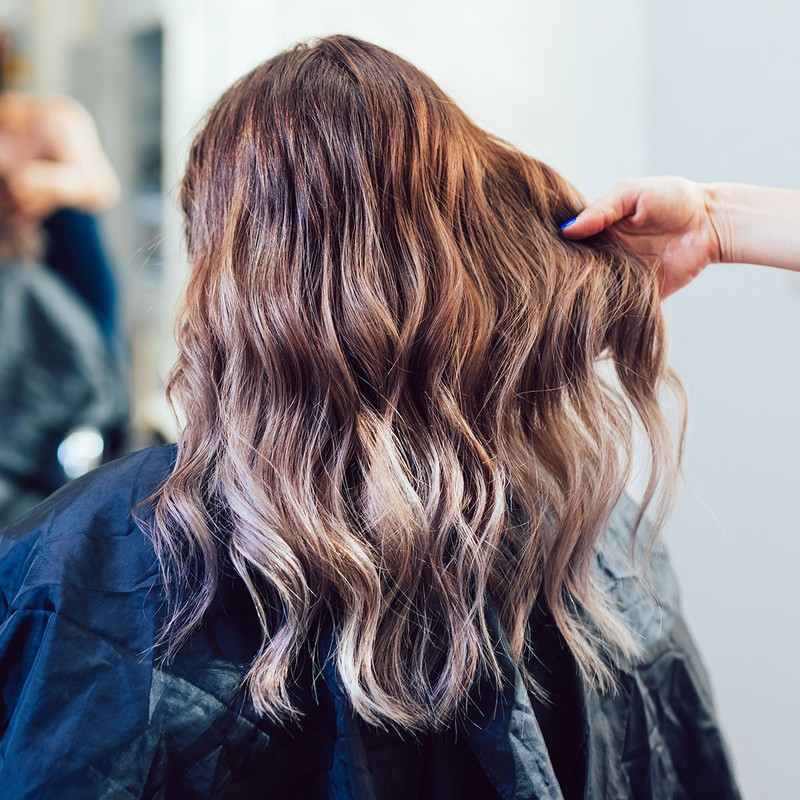Balayage Hair: What Is It & Why It’s So Popular
Balayage Is Impactful, But Low-Maintenance
“Balayage is a softened, sun-kissed, low-maintenance colour, and it’s become our go-to post lockdown recommendation for anyone who is time-sensitive or looking for something fuss-free,” explains HARI’s creative colourist, Francesca Dixon. “The name ‘balayage’ is French and means to sweep or paint, which is the exact technique experts use. It involves hand painting hair in a sweeping motion with a brush, which in turn, creates a sun-kissed colour that, once grown out, leaves behind a softer, blended regrowth.”
There Are Several Iterations To Try
“There’s more than one type of balayage on offer,” says master colourist at Josh Wood Colour, Marley Xavier. “First, you have the classic version, which is a painted-on gradient that blends from your base colour into lighter ends – this usually takes on a ‘less is more’ approach. This has evolved though, and you can now get a brunette balayage with strokes of soft caramel, chestnut or toffee – the choice is yours. You can also get a deeper blonde balayage (think Gisele) which is quite natural and very flattering. One of our most requested is a ‘Californian’ colour. This gives hair a sun-drenched feel and the balayage is placed more heavily around the face to give a framing effect.”
It Works For Every Hair Type
“Because balayage is a hand-painted technique it can work on everyone and all hair types,” adds Francesca. “Hand-painting allows us to fully personalise the appointment to you, placing the colour exactly where it compliments your haircut, skin and features. It looks great on wavy, afro hair as when the strands curl, it allows for the beautiful tones to come through with movement. Ask your stylist about 3D multi-tonal options, too – they give you even more depth and volume. A consultation beforehand is key as the options really are endless.”
You Can Easily Get It Tweaked
“It’s rare for balayage to go wrong, but if you think it has, an easy way to know is if there are lines or marks in the hair that show clear signs of a poorly blended application,” advises Marley. “Luckily, it’s easy to remedy. First, do your research to find a colourist that specialises in the technique, then book in a consultation to see what options you have to correct it – never try and fix it yourself or you’ll end up with further streaking.”
The Results Are Different To Highlights
“We’re often asked what the difference is between balayage, highlights and ombré,” says Francesca. “As mentioned, balayage is a highlighting technique where the colour is painted on in thin strands, whereas ombré is a shadow technique that has a gradual dark to light effect from root to tip. In the salon, we often merge the two techniques together which can create a unique result. As for highlights, these will almost always use foils and colour is applied to the root of the hair instead. The results are very different as balayage gives a blended and overall softer tone, whereas highlights can look more stripy. The former is far less maintenance too, as it’s designed to “grow out,” and blend in with the rest of your hair – resulting in fewer appointments, too.”
The Technique Is Less Abrasive
“Balayage isn’t necessarily better or safer than traditional colouring,” explains Marley. “All hair colour has been tested rigorously to ensure maximum safety. But the process itself is slightly less abrasive. Bleach (pre-lightener) is usually used to create the ripple effect, but the technique processes the hair more gently than say, an all-over bleached look, so in time, it should leave your hair healthier. Always use a treatment, like Josh Wood’s Colour Everything Mask, once a week to stop colour fade, and lock in moisture, too.”
Prepping Hair Pre-Treatment Is Key
“Try not to use too many products on your hair before your balayage appointment,” recommends Francesca. “If possible, use a clarifying shampoo beforehand to remove any build-up so that the colour can adhere properly. Finally, always take visuals to your appointment. It’s the best way to demonstrate exactly what you want, and allows us to explain what might work best for you, your features, style and skin tone.”
Shop Our Edit Of The Best Treatments & Balayage Boosters Below…
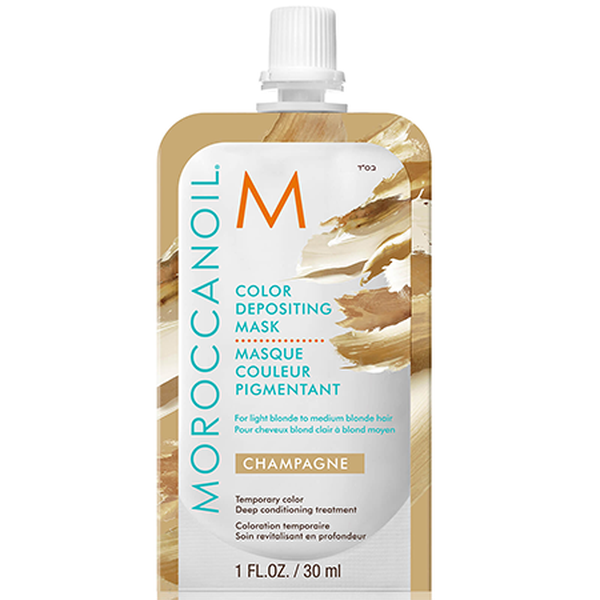
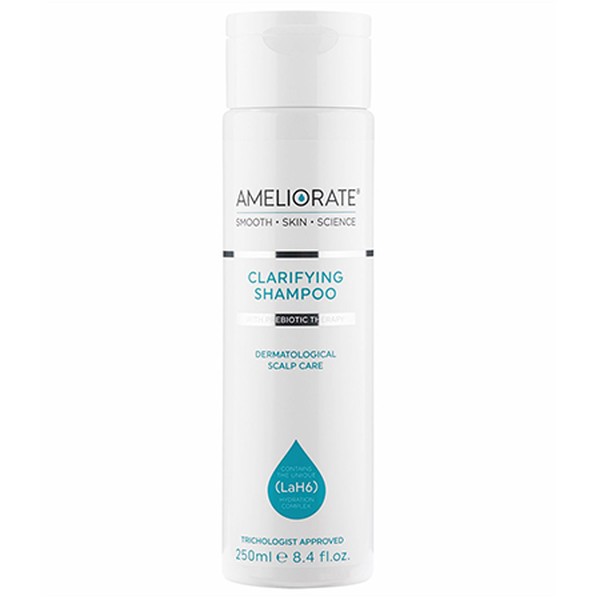
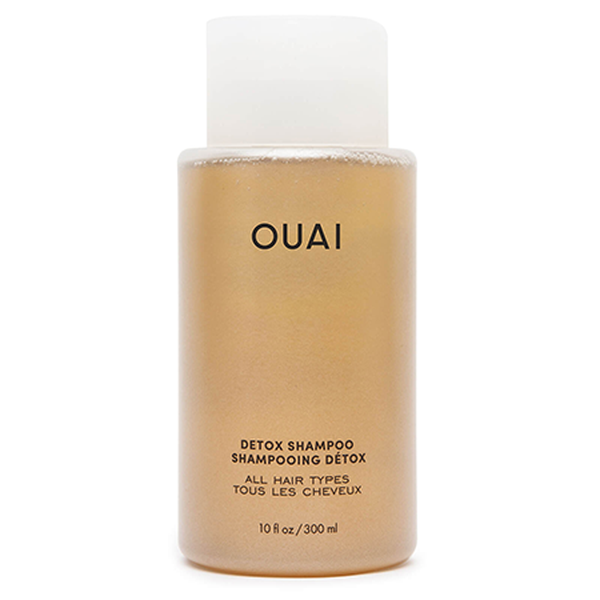
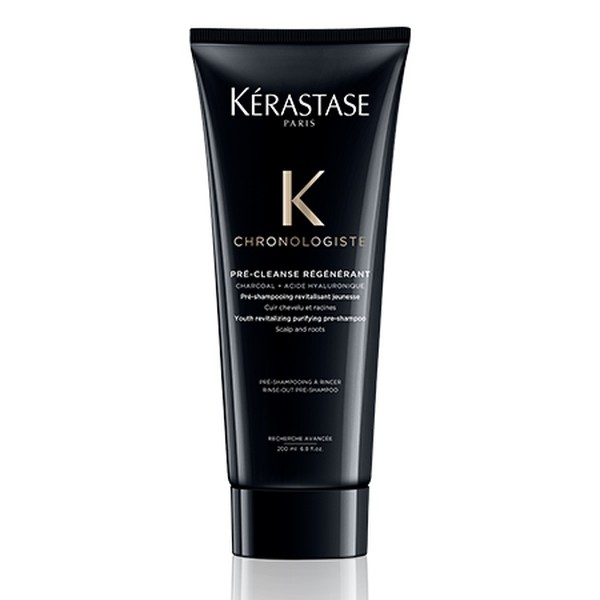
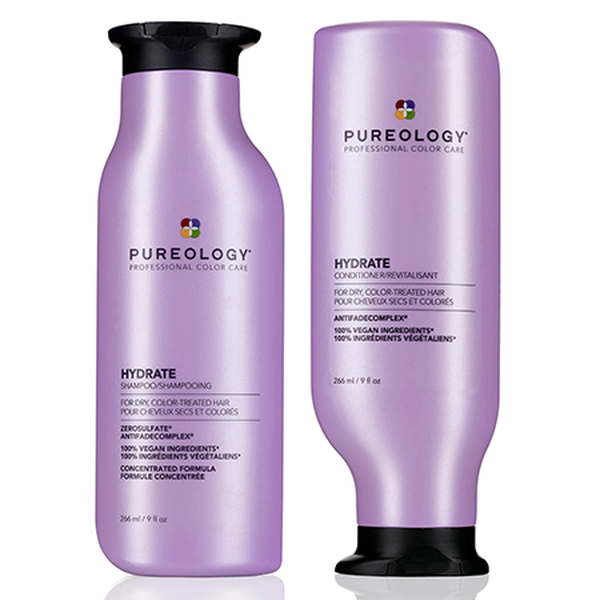

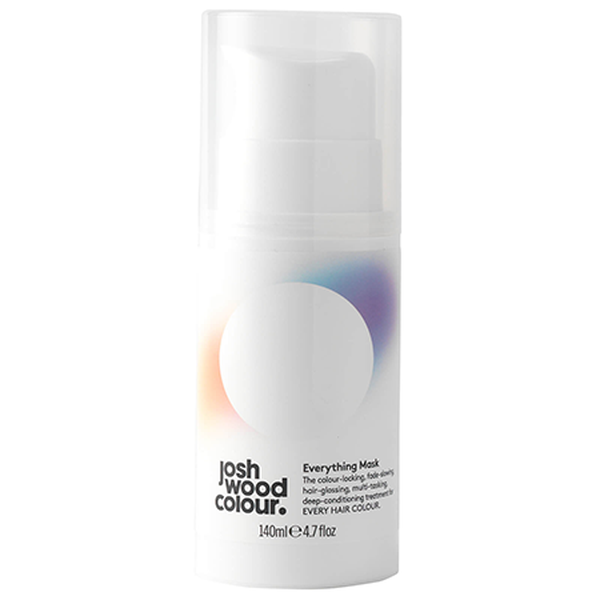

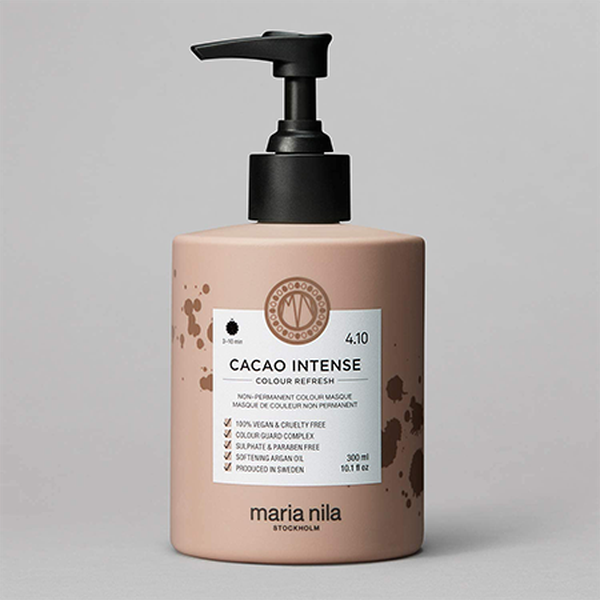
DISCLAIMER: We endeavour to always credit the correct original source of every image we use. If you think a credit may be incorrect, please contact us at info@sheerluxe.com.
